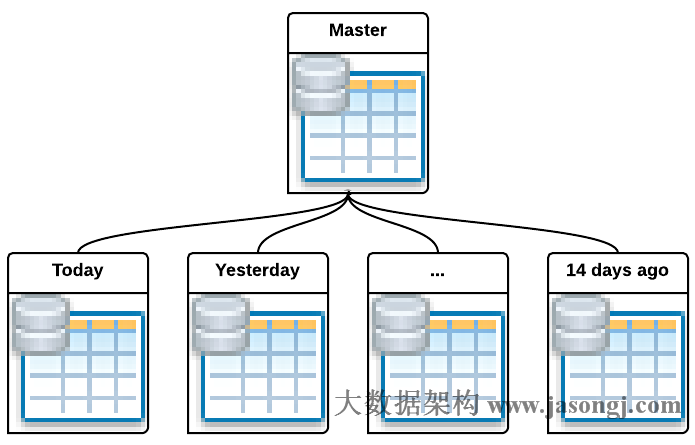

In a single partitioned table with bound of 0 to 100, rows with partition key value 0 will be permitted in the partition but rows with value 100 will not.įor a multi-column range partition, the row comparison operator is used for tuple routing which means the columns are compared left-to-right, stopping at first unequal value pair. In the range partitioned table, the lower bound is included in the table but the upper bound is excluded. This section explains how the tuple routing takes place for the range and hash multi-column partition key. The partitioned parent table will not store any rows but routes all the inserted rows to one of the partitions based on the value of the partition key. Or ALTER TABLE tbl_hash ATTACH PARTITION h1įOR VALUES FROM (WITH (MODULUS 100, REMAINDER 20)

CREATE TABLE p1 PARTITION OF tbl_hashįOR VALUES WITH (MODULUS 100, REMAINDER 20) When we mention the partition bounds for a partition of a multicolumn hash partitioned table, we need to specify only one bound irrespective of the number of columns used. CREATE TABLE r2 PARTITION OF tbl_rangeįOR VALUES FROM (900, MINVALUE, MINVALUE) TO (1020, 200, 200) ĪLTER TABLE tbl_range ATTACH PARTITION r3įOR VALUES FROM (1, 110, 50) TO (MAXVALUE, MAXVALUE, MAXVALUE) Please note that if the unbounded value - MINVALUE or MAXVALUE - is used for one of the columns, then all the subsequent columns should also use the same unbounded value. The tuple routing section explains how these bounds work for the partition. Or ALTER TABLE tbl_range ATTACH PARTITION r1 CREATE TABLE p1 PARTITION OF tbl_rangeįOR VALUES FROM (1, 110, 50) TO (20, 200, 200) When we mention the partition bounds for a partition of a multicolumn range partitioned table, we need to specify the bound for each of the columns of the partition key in the CREATE TABLE. CREATE TABLE tbl_range (id int, col1 int, col2 int, col3 int)ĬREATE TABLE tbl_hash (id int, col1 int, col2 int, col3 int) To create a multi-column partition, when defining the partition key in the CREATE TABLE command, state the columns as a comma-separated list. Range partitioning was introduced in PostgreSQL10 and hash partitioning was added in PostgreSQL 11. Currently multi-column partitioning is possible only for range and hash type. Multi-column partitioning allows us to specify more than one column as a partition key.
Postgresql alter table partition by range how to#
Set up trigger or cron so that new partitions get created and function gets updated to assign new data to correct partition.This article covers how to create a multi-column partitioned table and how pruning occurs in such cases. Re-enable UPDATES and INSERTS on production database Set constraint exclusion to ON SET constraint_exclusion = on CREATE TABLE child_2014 (ĬONSTRAINT ck_2014 CHECK ( dt_created = DATE '' AND dt_created = ''::date AND dt_created = DATE '' ANDĪdd trigger so that function is called on INSERTS CREATE TRIGGER tr_insert BEFORE INSERT ON old_masterįOR EACH ROW EXECUTE PROCEDURE fn_insert() CREATE TABLE new_master (ĭt_created DATE DEFAULT CURRENT_DATE NOT NULLĬreate children that inherit from master. Here are the steps to do it:Ĭreate new master table. This prevents disruptions to the original table while it is actively in use and if there are any issues, I can easily delete the new master without issue and continue using the original table. Since #1 requires copying data from the master to the child while it is in an active production environment, I personally went with #2 (creating a new master).


 0 kommentar(er)
0 kommentar(er)
